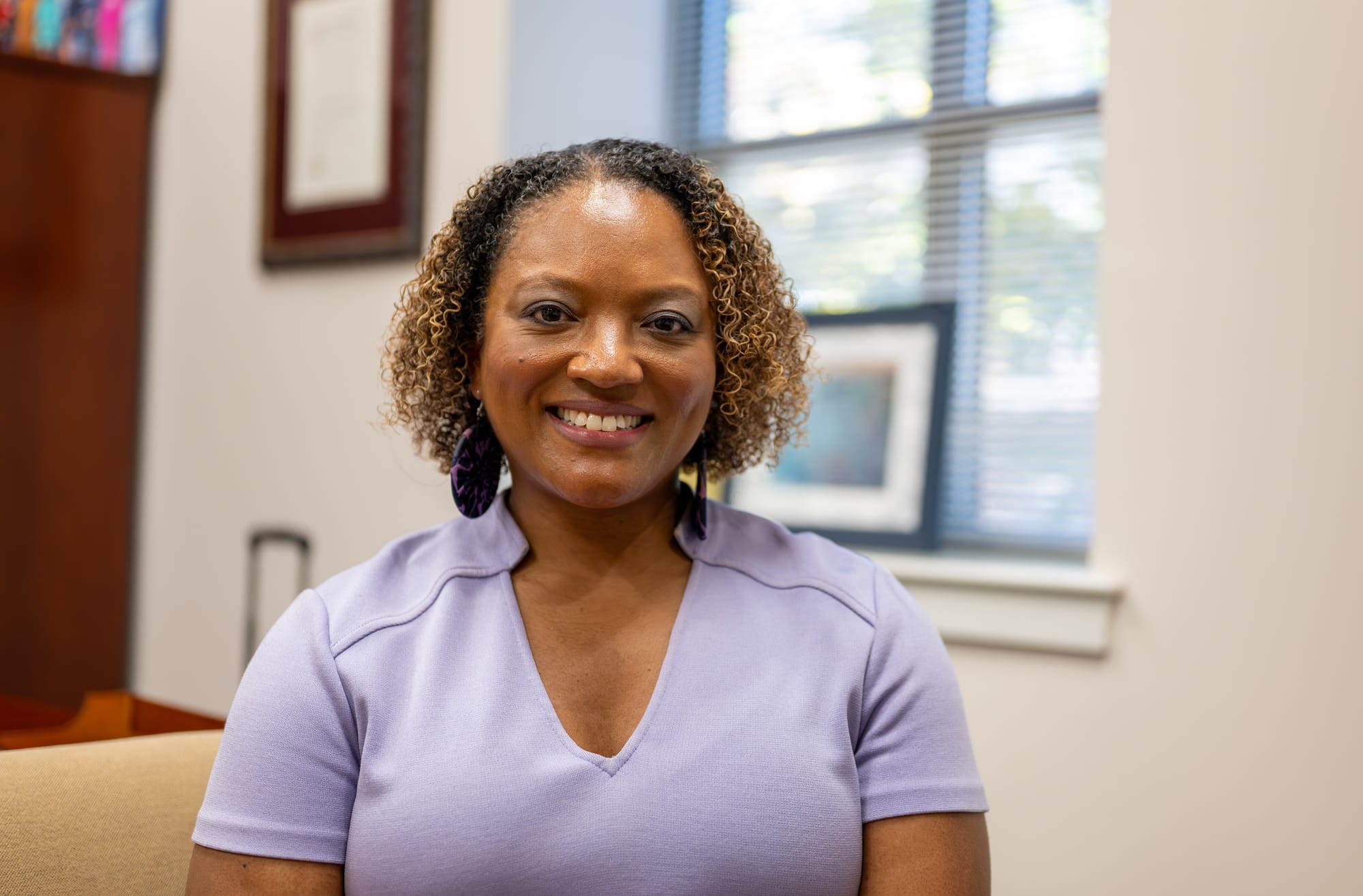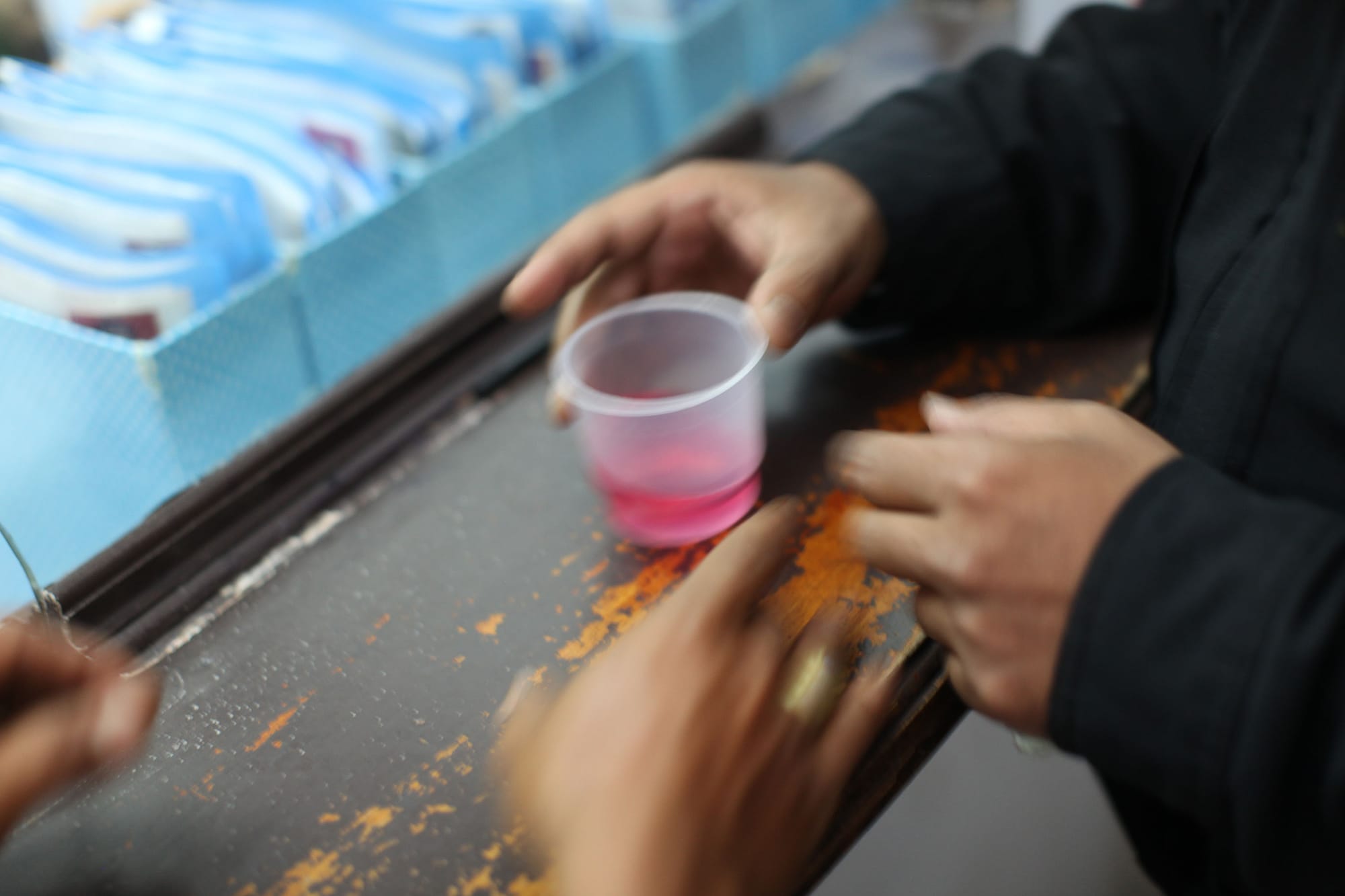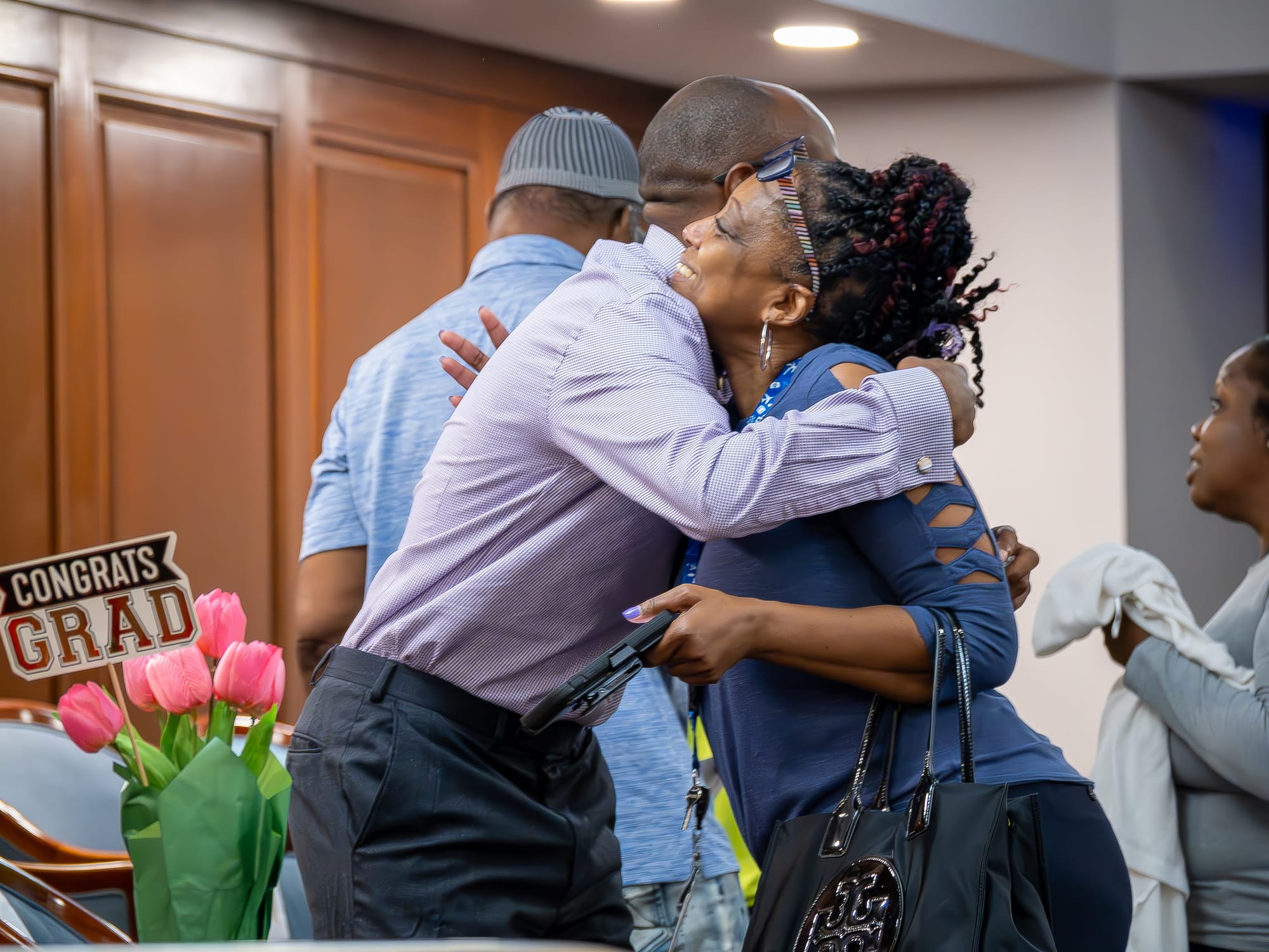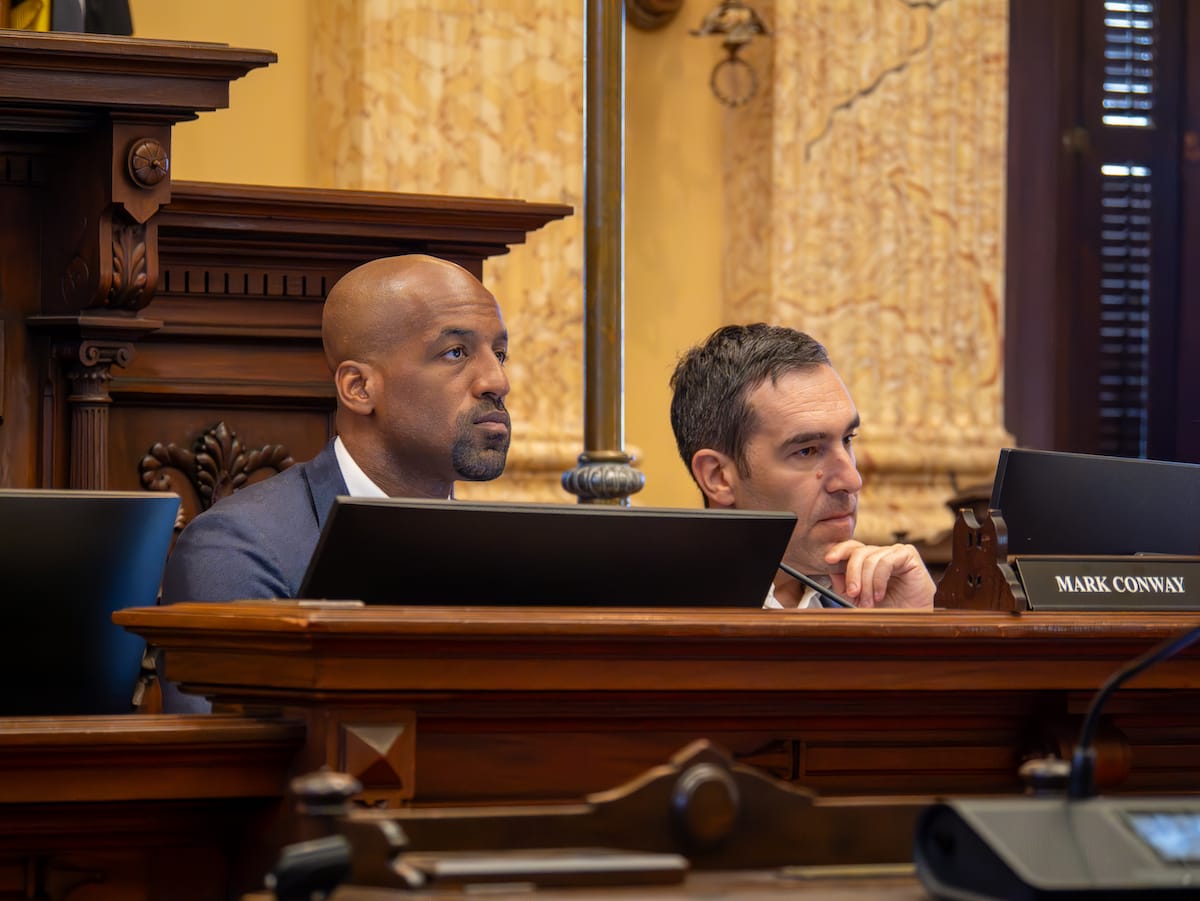Hailing from the conservative state of Tennessee, Dr. Michelle Taylor is no stranger to overcoming obstacles in the name of harm reduction. But just weeks into her role as Baltimore’s new health commissioner, she’s had her hands full.
Mayor Brandon Scott (D) appointed Taylor, the former director of the Shelby County Health Department in her home state, as Baltimore’s top health official in August, and she was confirmed by Baltimore City Council on September 15.
She’s taken the reins as President Donald Trump targets harm reduction initiatives nationwide and slashes public health funding. Locally, a string of mass overdose events in Baltimore’s Penn North neighborhood has struck fear into the community, and police have cracked down harder on people who use drugs.
At a time when public health faces an uncertain future and fear is being weaponized to fan the flames of the drug war, Taylor says she is forced to be realistic.
That includes taking a step back regarding overdose prevention centers (OPC) in Baltimore. Taylor is a vocal advocate for the facilities, and harm reductionists have ramped up demands for city-sanctioned sites in response to a spate of overdoses and repeated failures to legalize them at the state level.
“While local public health would love to do everything that could potentially fit under our umbrella, we always have to be cognizant of who’s in office right now, not only federally [but] at the state level and city level,” Taylor told Filter during a sit-down interview.
“I want to be compassionate,” she continued. “But does being compassionate mean that we are not going to be able to maintain our levels of federal funding, where we need to do all of the other services that we need to do?”
Taylor’s concerns over potential retaliation if the city were to press forward unilaterally with OPC stem from the fact that nearly half of the Baltimore City Health Department’s $201 million budget comes from federal funding.
Nonetheless, she asserted that the city has “all the pieces it needs” to turn the tide of the overdose crisis, though the federal government’s position impedes the efforts of some city council members to push for more tools to save lives.
Even without the issue of a hostile White House, Taylor’s department must also operate on $7.3 million less in funding than in 2024.
Baltimore’s most recent budget entails a 3.5 percent cut to the health department funding due to a decrease in state and federal aid. Yet its police budget has been boosted by $22 million. That increase comes as officers have targeted people who use and sell drugs under the guise of violence prevention.
As of September, there was a 21 percent increase in misdemeanor drug arrests compared to the January-September period of 2024, and some police districts have seen drug-related arrests double. Baltimore Police Commissioner Richard Worley told a September public hearing “there’s no way around” targeting drug users for arrest.
Asked about the impact of drug-war policing on public health efforts—studies have shown that crackdowns can increase fatal overdoses and violence—Taylor would not directly answer the question.
Although she said there are cases when the police and public health officials “shouldn’t meet in the middle,” she asserted that public safety and public health are still “inextricably linked.”
“There are times when public health should be the focus. But at the same time, we know when police should be the focus,” Taylor said. “The question is, how do we get to a place in our community where the police get to do the work they’re supposed to do, and public health can continue to save lives in every way we can?”
The tension between policing and harm reduction has been an ongoing problem in Baltimore.
It was on display after July saw the first of a series of mass overdose events in the city, which was attributed to a mix of fentanyl and a rare, potent benzodiazepine. Nearly 30 people were hospitalized, though a cadre of harm reduction workers were on the scene to prevent deaths and conduct outreach.
Shortly afterward, police raided the neighborhood and arrested five people.
Since then, two additional mass overdose events have occurred, the most recent on October 8. Each time, city officials attempted to emphasize a public health-focused response—while police officials assured residents they would crack down on those involved.
To Taylor, who said her department is now drafting a mass-overdose response protocol, there’s evidence that the city prioritizes public health over interdiction. Despite cuts to the health department, $9.8 million was allocated to mental health and substance use programs in the most recent budget—more than quadrupling expenditure in those areas from a decade ago.
“While it’s not perfect, the proof is in the investments being made,” Taylor said. “And the investments are truly being made in public health. You can’t argue with that. And now it’s up to us to really use those investments in such a way that not only are we going to be able to save more lives, and we think we’re already starting to do that, but we can work on all these other issues that come with it.”
The total health department budget is still dwarfed by the police department’s budget of over $600 million, however.
Despite the precarity of public health funding, Baltimore is in a unique position to ramp up investments in harm reduction and treatment initiatives.
After years of litigation, the city is slated to receive roughly $580 million from lawsuits against opioid distributors and manufacturers over the city’s overdose crisis.
A significant portion—more than $100 million—must be used to cover legal fees. And one of two distributors that a judge ordered to pay Baltimore $150 million in an August decision has appealed, making that award uncertain.
Still, the city has already received nearly $240 million after accounting for fees. The money is slated to be allocated over 15 years, and none of it can be used for “punitive” programs, officials have said.
Taylor acknowledged the money isn’t as much as it seems when spread out over that period, but she is confident the city will use it wisely and be proactive about planning for funding sources further down the line.
“The city is being very intentional about investments,” Taylor said. “They’ve made a $20 million investment over five years in the health department. That’s huge for a health department. In Memphis-Shelby County, I had to beg for half a million dollars for naloxone and test strips.”
In this year’s budget, Baltimore earmarked nearly $37 million for harm reduction and treatment initiatives. Of that, the city’s new Restitution Advisory Board only has discretion over $2 million, and that money is now being advertised to community-based organizations through a competitive application process.
Whatever the amount, those dollars could be crucial in the city’s efforts to combat the overdose crisis. Although fatal overdose rates have dropped significantly in the past year, Baltimore has continued to see the highest overdose deaths per capita of any major city in the United States.
The numbers further demonstrate that Taylor has taken over as health commissioner amid myriad unknowns.
It’s unclear if that downward trend will hold, and she’s helming the health department of a city that’s already in the federal government’s crosshairs. Heavy-handed policing, an increasingly unpredictable drug supply and the threats to federal funds combine to imperil efforts to keep people who use drugs alive.
Yet the new health commissioner was drawn to Baltimore in part because of its rich harm reduction history, with its syringe service program dating back to 1994, and she intends to maintain that image.
Harm reduction advocates have fought for more, including OPC and “paraphernalia” decriminalization. But even if those things don’t come soon, Taylor said the city has the most important tool: compassion.
“It’s really about showing people you do care—that you’re showing up, that you at some level know what they’re dealing with,” she said. “And if you don’t know, at least we are empathetic to what you have to deal with. That alone gives people hope that we can get to the other side. It took time to get to this point, and it’s going to take time to get out of it. But it means we have to show up.”








Comments